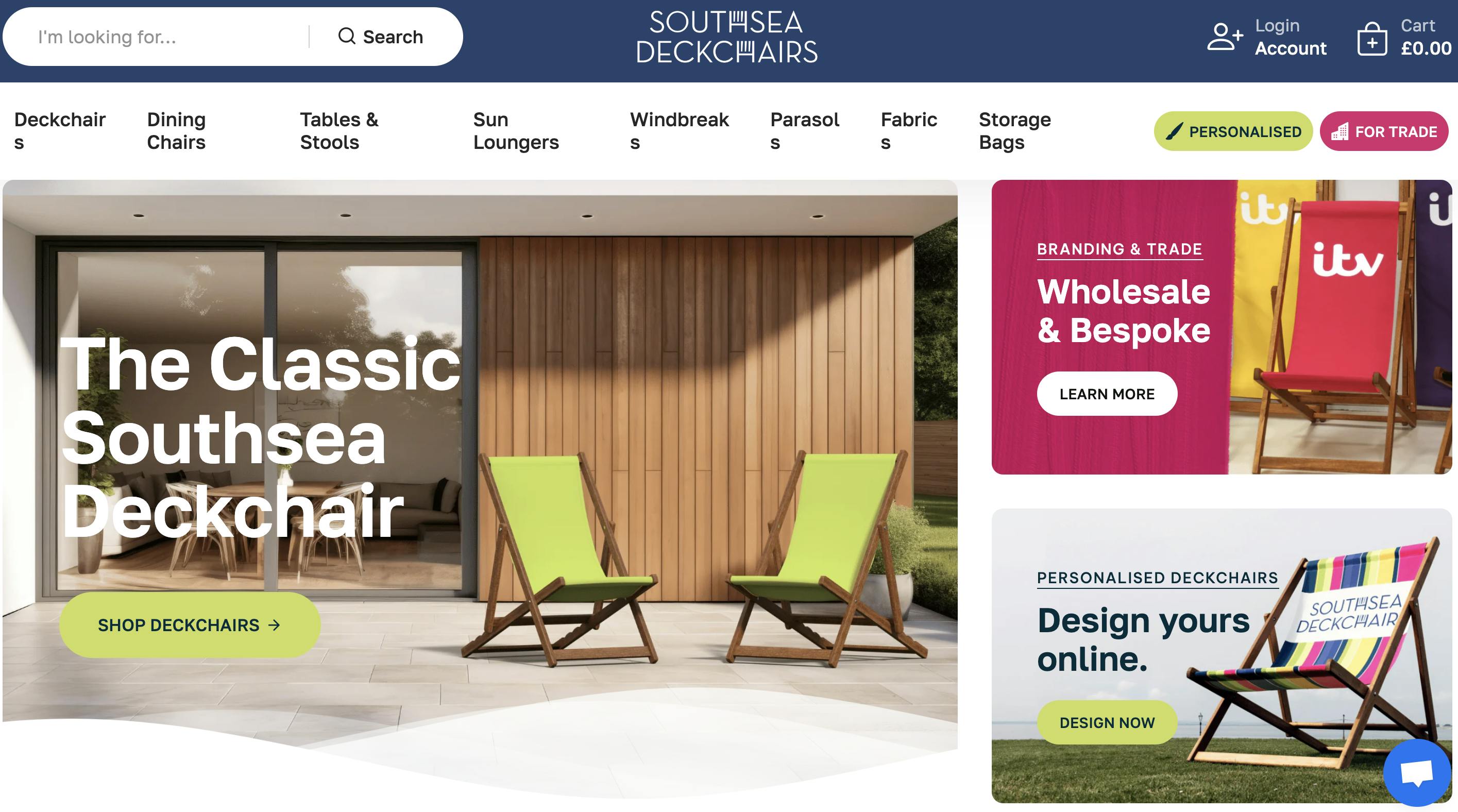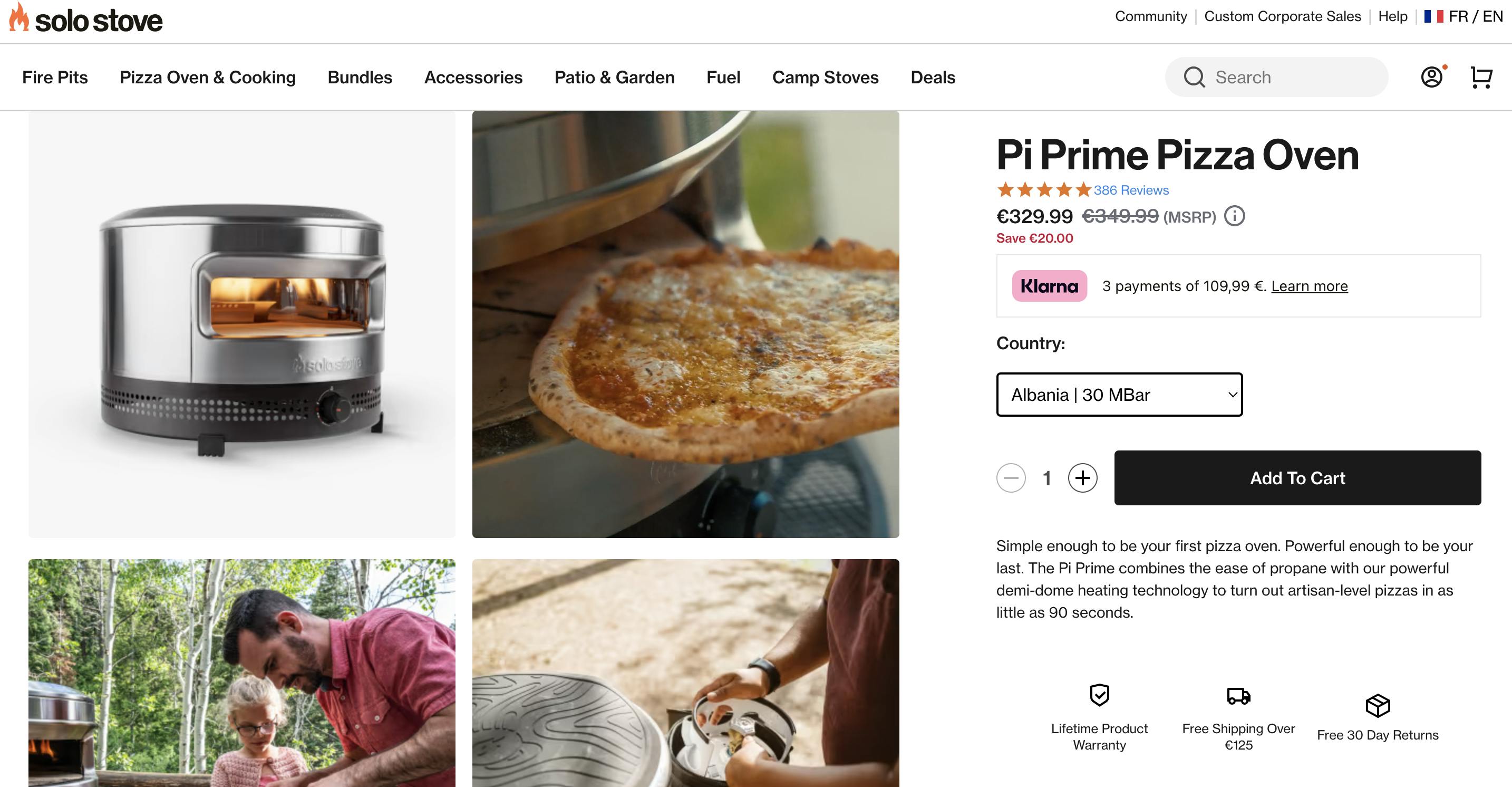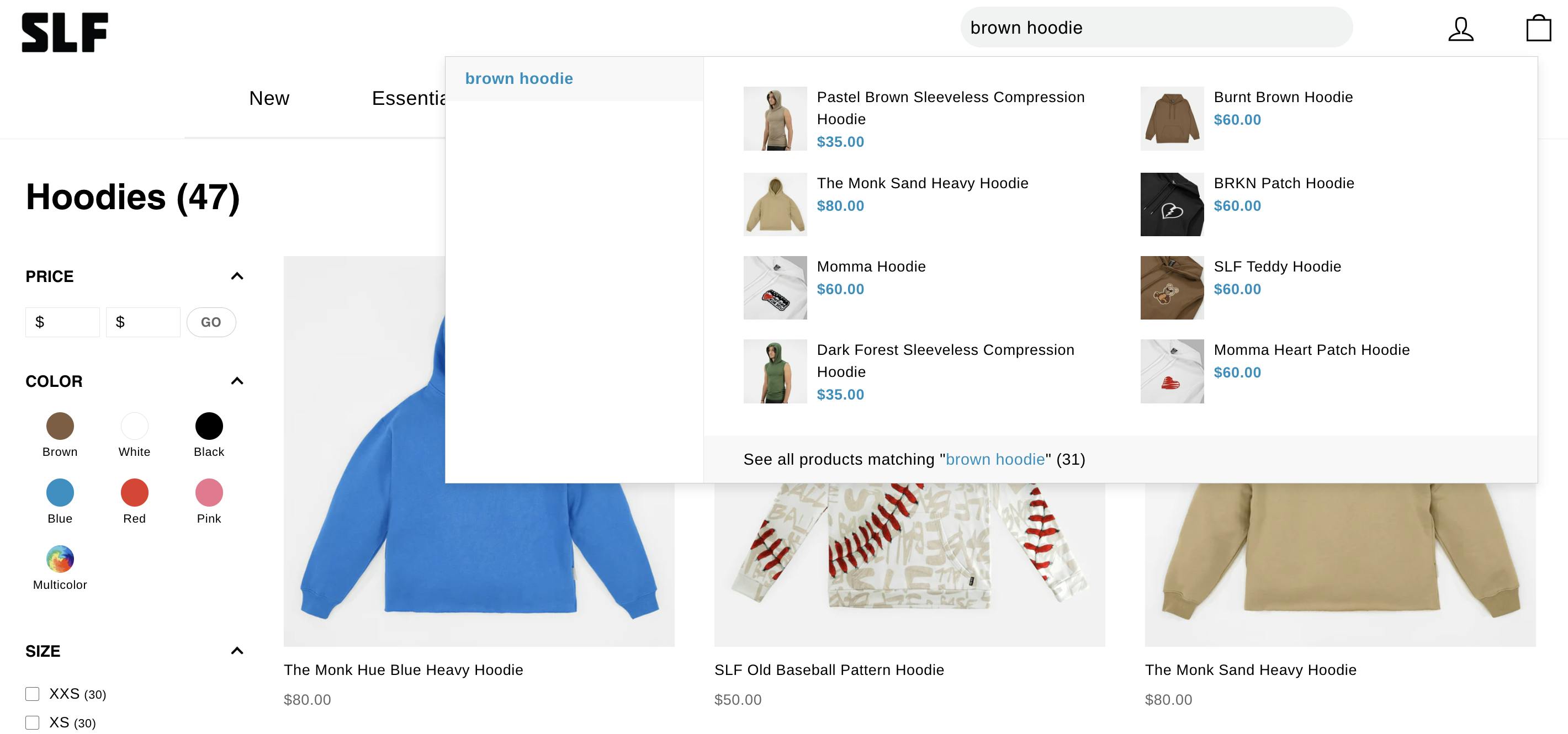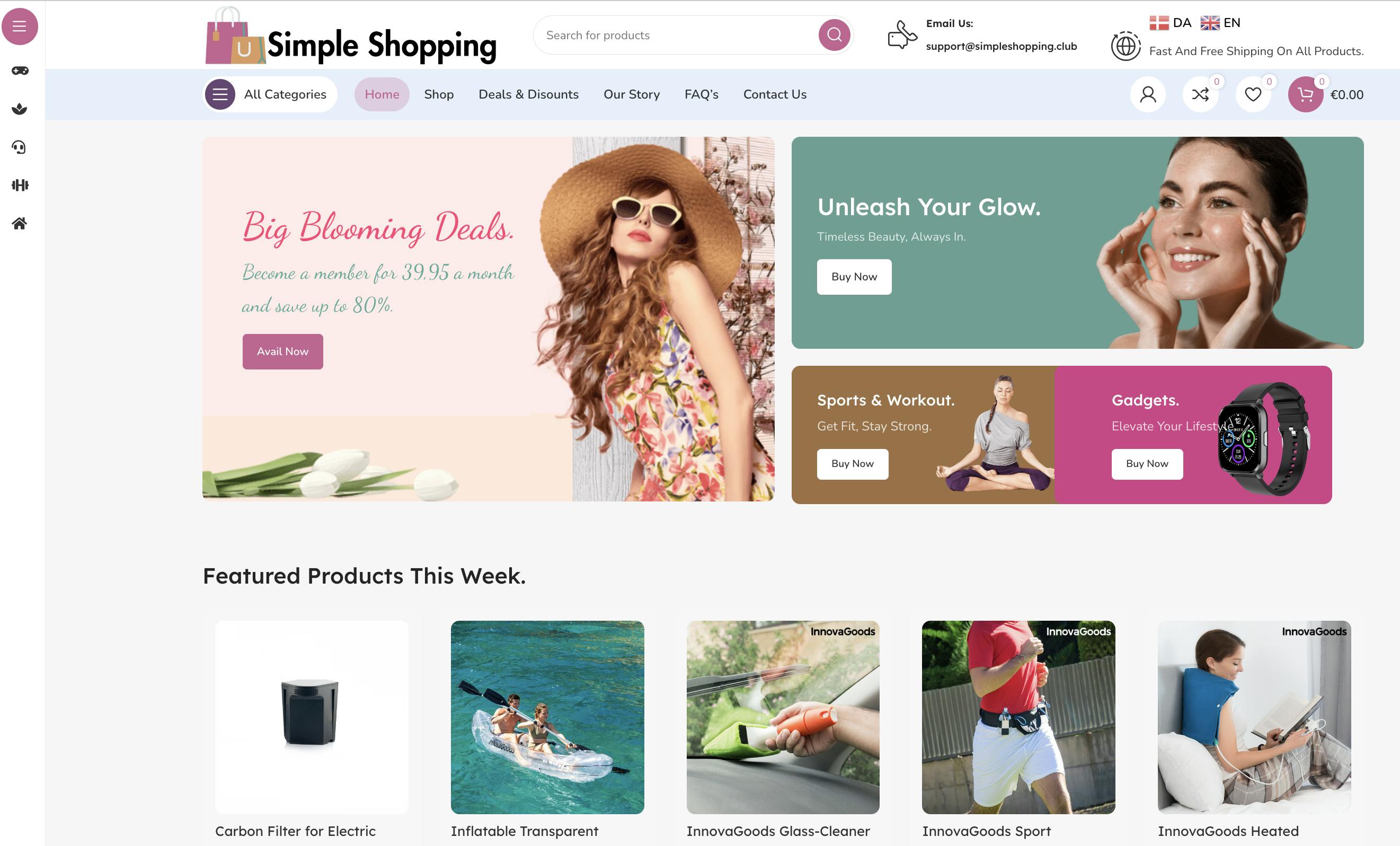Ecommerce Conversion Rate: What Is It? How to Improve It? 15 Tips

In ecommerce, even minor modifications to your website or mobile app can impact your revenue—for better or worse. In other words, every design change can potentially affect your users' engagement. Move a button or rewrite your product descriptions, and you may see a boost or a drop in user engagement.
We measure user engagement by conversion rate—which is defined as the percentage of visitors performing a desired action. Your business goals drive conversions. They could be purchases, newsletters subscriptions, testing a demo, and/or viewing a product. There are many possibilities. For ecommerce, purchasing and adding an item to a cart is fairly common. Viewing a product and other actions could be measured as important intermediary events, often called click events, that lead to conversions.
Data-driven companies use the conversion rate metric to engage their customers further and boost their revenue.
15 tips to boost your conversion rate
This list has no priority, but we decided to start with the user experience (UX). Good UX leads to a higher conversion rate, such as including easy and intuitive navigation, visually appealing product and page layouts, and a smooth checkout process.
1 — Website performance
A slow website will most certainly drop conversion rates. You’ll never compete if your website is not immediately responsive to a user’s clicks and refreshes slowly.
People skim, shop between other activities, and are on the run. A fast website engages the on-the-run customer, who is, in today’s world, the majority of your user base.
However, performance is more than just the time needed to load a page or display images. It’s also about how long it takes a user to find what they are looking for. Thus, a fast and intuitive browsing experience raises conversion. The information must flash by clearly. If you recommend items, you need to display them immediately. Cart and checkout options should be within reach no matter where the user is.
Customer loyalty begins with the speed at which customers get where they want to go. Nothing should be in their way.
2 — Intuitive, frictionless user experience
Website design, which you decide based on user experience (UX) know-how, is closely tied to performance.
For example, a cluttered or ineffective landing page will see your users drop like flies, and bad copy and other written content can turn users away.
User experience (UX) design is the process design teams use to create products that provide meaningful and relevant experiences to users. UX design involves the design of the entire process of acquiring and integrating the product, including aspects of branding, design, usability, and function. (Source: Interaction Design Foundation)

South Sea Deck Chairs takes a risk by presenting quite a bit of information, but it manages to do so uncluttered. Logo, search bar, menus, three clickable images, promotions, a chatbot, and several other options sprinkled about — this UI/UX is very easy to navigate and gives you the impression that they have everything you need to make the right purchase.
Branding is essential in this context. A consistent, engaging, and unique look and feel that represents who you are will create customer loyalty and positive brand awareness, especially when coupled with great UX.
It’s all about the customer journey. You want to track conversion rates across every part of the customer journey, which will help you see when your customers engage or drop off.
3 — Catalog presentation and choices
Good products are your business. Conversion rate can only help you measure their appeal to customers.
It’s hard to know whether, for example, it's an ineffective UX or high prices that undermine your catalog choices, so you’ll need to test for that.
As for UX, Clear product images and descriptions help customers make informed purchasing decisions. Displaying different product angles, a zoom feature, and offering videos strengthen the customer experience.

The fire in the oven burns, and the pizza sizzles. Imagery and video transform the shopper into a cook.
Regarding product choices, personalizing and recommending products based on customer tastes and industry trends can change your catalog. Both practices increase sales.
4 — Removing items from a cart and other forms of abandonment
Measuring "cart abandonment" and other such canceled or abandoned actions can reveal UX issues. For example, it might indicate a slow navigation or checkout process. By analyzing negative customer actions, you can reduce the rate of such activity, thus increasing conversion.
First time here? Discover what Prismic can do!
👋 Meet Prismic, your solution for creating performant websites! Developers, build with your preferred tech stack and deliver a visual page builder to marketers so they can quickly create on-brand pages independently!
5 — Good SEO
Improving how users get to your website is essential to ecommerce optimization. Analyzing SEO is one way to do this.
Good SEO is how you rank in a Google search. Essentially, you want to appear at the top of Google’s results whenever a user searches for your industry or the specific products that you sell. Google offers Core Web Vitals for you to manage your SEO.
With its Core Web Vitals, Google requires that you have a fast website and that your content demonstrates expertise and usefulness. Google’s algorithm, increasingly based on AI, wants to match only the best websites.
To improve SEO, you’ll want to index product page for Google’s search engine and optimize their <title> and other metadata. This ensures that Google will send the user to the most relevant landing page or go directly to the product they are searching for. Each page a customer lands on from the outside should represent your website at its best. It should provide the information and access to products that your users need.
6 — Good internal site search
As mentioned above, good UX requires a good on-site search experience.
A search feature placed front and center on every page of your website, with the same power as Google, is essential for ecommerce. The best search is precise and relevant and includes knowledge boxes, intent detection, and discovery features, sometimes based on personalization and AI recommendations. Great search offers filtering and the ability to categorize items.

SLF's product page offers product images, options, and filtering. However, the search bar also offers a rich interactive experience with images and product descriptions. They could have also added filtering and recommendations. Nothing stops a website from designing a drop-down search window as a fully featured web page.
On the other hand, if the search is not effective, it could lower your conversion.
Powerful search gives the impression that anything users want is at their fingertips.
7 - Analytics: tracking clicks and other user behavior
Ecommerce businesses can make data-driven decisions by analyzing where visitors drop off or what factors encourage them to convert. They can use this data to improve their offerings, refine their marketing, and innovate their customer experience.
Tracking what your users do or buy helps you predict their future behavior. Anticipating the future can lead to small or significant changes to your website.
For example, when you start proposing recommendations, your analytics may show that some are better.
Analytics helps you test which calls to action (CTA) work better than others.
Finally, when you’re ready for AI, you’ll have no choice: capturing analytics will create the data your machines need to learn.
8 — A/B testing
We’ve been assuming something from the start: that you know how to measure conversion.
Let’s look at the conversion rate formula:
- Conversion rate = (number of conversions) / (number of visitors).
You can obtain these numbers via analytics and other web-based tracking. You can measure increased conversions by comparing the rate before and after a change. And once you have these numbers, you can start using A/B testing.
The best way to compare before and after is with A/B testing. You can test changes by randomly showing different website versions to other users.
Want to move a button? Send the new button to some users and the older one to others. Then, compare which button gets more clicks and conversions.
A/B testing is a necessary tool for e-commerce. No company can ignore it. A/B testing enables you to test every aspect of your UX, product quality, speed, content, and more. This will help you find your website's best and worst, strategize business objectives, and design, build, and constantly update your site.
9 - Recommendations and Personalization
Personalization means displaying products based on a user’s preferences. You can use personalization to curate your website for each user to increase the chance of conversion.
Providing personalized product recommendations can tailor the experience even more. You can recommend items based on the current user's analytics or a group of users who have bought the same items. You can also recommend items based on relationships between products.

Amazon’s well-known recommendations are based on customer behavior and personalized functionality.
Better personalization and recommendations make it more likely you will improve your conversion rate.
10 - Omnichannel: mobile, virtual shopping, and other buying channels
Offering users many ways to find and view your products goes a long way. E-commerce began with websites, but people now shop with mobile websites and apps. Users expect these channels to be available when they shop; they will go elsewhere if you don’t offer them or their UX is not up to par.
Of course, not all channels work for all customers. Some customers don’t like using their mobiles to buy, so you’ll never want to prioritize one channel over another.
11 - Social media, streaming, and segmentation
Social media is essential, but collaborating with influencers who speak directly to your target audience is even more critical. Segmentation matters here: it drives traffic when influencers of different ages and genders captivate their followers with your products. Increase your conversion by following trends and other people's advice on social media channels.
The social media generation gravitates towards crowd-sourcing. Join the crowd and measure those links as conversions.
Additionally, you’ll want to offer social media share buttons. Using this as a conversion, you can measure the traffic from a buy to social media and back.
12 - Customer ratings and reviews
Potential buyers want to see ratings and read customer reviews. A robust customer review system will raise the visibility of your best products. Make it easy to access, read, and write reviews.
13 - Chatbots and customer support
Chatbots act as personal guides. Driven by data, their suggestions are either personalized or based on recommendations. Their interactions are smart, often based on the most recent AI technologies. They should have a supreme knowledge of your industry, catalog, and customer interests. An AI-guided shopping experience engages your customers, thus increasing the likelihood of conversions.
14 — Sales promotions, subscriptions, CTAs, newsletters
This last tip is about old-school marketing as applied to e-commerce.
- Offer free shipping. Dazzle with bargains, special events, promotions, Black Friday announcements, etc.
- Create a membership: Amazon already has an astounding 10-15% conversion rate, but it increased to 74% for Prime members.
- You can spread CTAs across all your pages.
- Good copywriting matters for all these promotions, for example, "Buy Now," "Free Trial," and "One-click checkout." Simple, impactful wording converts well.

Why search or browse when you can discover products immediately with a “Buy Now” CTA? Why not share their products on social media (top left)? What about clicking on some featured products.? Essentially, Simple Shopping makes shopping very simple by enticing you to select or engage with their products immediately from their home page.
15 — Email marketing
Email marketing is still a powerful method of creating customer relationships. When you send an email to your customers, you want them to click on a link to view a new product or buy something they personally like (based on previous purchases).
Email conversion rates measure how many clicks your emails generate. If you send an email to 1000 customers and 100 of them click or buy, your email conversion rate is 10%
Conclusion
Conversion rates are not just a measure of your users’ activities, they’re a tool for expanding your business. A high conversion rate increases revenue, user engagement, and brand awareness. Constantly optimizing your conversion rate isn’t just good business—it’s indispensable.







